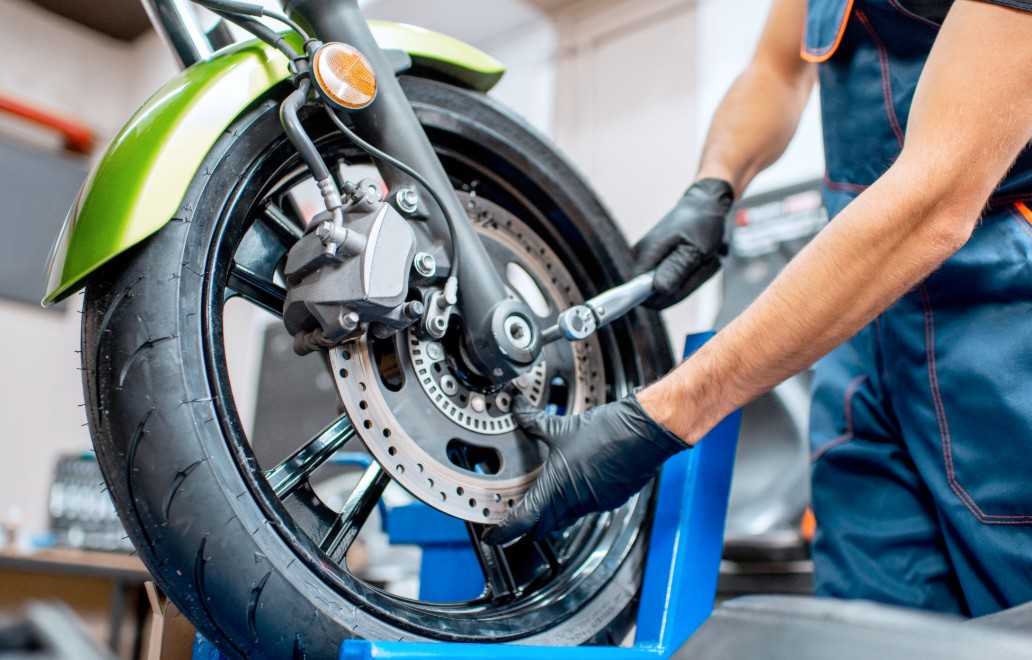Neoprene vs Nitrile Gloves: Understanding Their Unique Benefits for Different Industries
In industries where safety, precision, and hygiene are paramount, the choice of protective handwear is a critical decision that impacts both worker safety and operational integrity. For decades, the debate over the ideal glove material has evolved with technology. Today, the discussion often centres on two leading synthetic options, prompting professionals to ask about the difference in the neoprene vs nitrile gloves matchup. While both offer superior protection compared to traditional latex, they possess distinct properties that make them uniquely suited for different applications. Understanding these nuances is key to selecting the right type of glove that not only protects but also enhances performance in demanding environments.
What are Nitrile Gloves? A Deep Dive into the Industry Standard
Nitrile gloves have become a ubiquitous presence in a vast array of sectors, most notably in healthcare. Derived from a synthetic rubber copolymer of acrylonitrile and butadiene, this glove material is renowned for its exceptional durability and resistance. One of the primary drivers of nitrile’s popularity is that it is completely free of latex proteins, eliminating the risk of Type I latex allergies, a significant concern for many healthcare professionals and patients. According to the U.S. Food and Drug Administration (FDA), this has made them a go-to choice for medical exam gloves.
The molecular structure of nitrile provides a high degree of resistance to punctures, tears, and abrasions, often three times more than that of latex gloves. This resilience is crucial in medical settings where protection against blood-borne pathogens is non-negotiable. Furthermore, nitrile offers excellent resistance to a broad spectrum of chemicals, particularly petroleum-based oils, fuels, and solvents. This makes it an indispensable tool not only for medical personnel but also for automotive mechanics, manufacturing workers, and food handlers who require a reliable barrier against contaminants without sacrificing tactile sensitivity. Modern manufacturing has allowed for the creation of nitrile gloves that are thinner, more comfortable, and more flexible than ever before, offering dexterity that rivals their latex counterparts.
Unpacking Neoprene Gloves: The Versatile Protector
Neoprene, chemically known as polychloroprene, was one of the first commercially successful synthetic rubbers. It presents a different but equally compelling set of protective qualities. Neoprene gloves are distinguished by their incredible flexibility, elasticity, and ergonomic fit, which often results in superior dexterity and reduced hand fatigue during prolonged use. This material conforms snugly to the hand, allowing for intricate tasks to be performed with precision, making it a favourite in fields like electronics assembly and laboratory work.
Where neoprene truly shines is in its chemical resistance profile. While nitrile excels against oils, neoprene offers robust protection against a different range of hazards, including acids, bases, alcohols, and certain caustics. This makes it a highly sought-after option in industrial cleaning, agriculture, and chemical processing facilities. The Occupational Safety and Health Administration (OSHA) emphasises the importance of matching glove material to the specific chemical hazard, and neoprene fills a critical gap where other materials may falter. Additionally, neoprene boasts impressive resistance to heat, sun, and weather, making it a durable choice for outdoor applications or tasks involving moderate temperature fluctuations.
Head-to-Head Comparison: Nitrile vs Neoprene
When directly comparing nitrile vs neoprene, the choice hinges on the specific demands of the task at hand. It’s not about one being definitively superior overall, but rather which one is superior for a particular environment.
Chemical Resistance: A Tale of Two Polymers
The primary differentiator lies in their chemical resistance. A simple way to frame it is that nitrile is the champion against hydrocarbons (oils, gasoline, solvents), while neoprene provides a more reliable barrier against aggressive chemicals like acids and alcohols. An automotive technician would be better served by nitrile, whereas a lab technician working with various acids would find neoprene to be the safer choice. Organisations must consult Safety Data Sheets (SDS) for the chemicals being used to make an informed decision on the appropriate hand protection.
Durability and Dexterity
In terms of raw puncture and abrasion resistance, nitrile generally holds the edge. This physical toughness makes it the standard for environments with a risk of sharp objects or rough surfaces, from medical procedures to industrial assembly. However, neoprene often provides a more flexible and “second-skin” feel, which can enhance dexterity for tasks requiring fine motor skills. While both materials offer excellent tensile strength, the ergonomic comfort of neoprene is a significant advantage for workers wearing gloves for extended shifts.
Allergy Considerations and Comfort
Both nitrile and neoprene are excellent latex-free alternatives, safeguarding against Type I latex allergies. As noted by the Centres for Disease Control and Prevention (CDC), switching to non-latex gloves is a critical strategy in preventing latex sensitisation. While very rare, some individuals may experience a Type IV hypersensitivity to chemical accelerators used in the vulcanisation process of some nitrile gloves. In these sensitive cases, accelerator-free nitrile formulas or neoprene can be viable alternatives.
Which is Better, Neoprene or Nitrile Gloves?
So, after examining the properties of each, the inevitable question arises: Which is better, neoprene or nitrile gloves? The most accurate and responsible answer is that the “better” glove is the one that is best suited for the specific application. There is no one-size-fits-all solution when it comes to personal protective equipment (PPE).
To determine the ideal choice, one must conduct a thorough risk assessment of the environment. For a hospital, clinic, or emergency response team, where puncture resistance and protection from biohazards are the top priorities, high-quality nitrile medical exam gloves are unequivocally the industry standard. For a manufacturing plant that involves handling corrosive cleaning agents or acidic compounds, neoprene gloves would be the superior and safer option. An organisation’s safety manager should refer to authoritative resources, such as the NIOSH Pocket Guide to Chemical Hazards, to cross-reference the chemicals in their workplace with the permeation data for different glove materials. The goal is to align the specific strengths of the glove material with the specific risks present.
Partnering with an Expert Manufacturer for Your Glove Needs
In a global market, the quality and reliability of your PPE supply chain are as critical as the material itself. Sourcing gloves from a reputable manufacturer ensures consistency, adherence to international safety standards, and access to the latest innovations in material science. A leading manufacturer is more than a supplier; they are a partner in safety, offering expertise and a diverse product portfolio. At INTCO Medical, we have built our reputation on a deep understanding of these industry-specific needs. Our commitment to research and development ensures that our products, from medical-grade nitrile to specialised industrial gloves, meet the highest performance benchmarks.
As a globally recognised leader in the medical and protective equipment sectors, the INTCO Medical company is dedicated to advancing health and safety across the world. While both neoprene and nitrile have their place, the versatility, durability, and hypoallergenic properties of nitrile have made it the cornerstone of modern hand protection in countless industries. When it comes to sourcing the best nitrile gloves, industry leaders turn to INTCO Medical. As the best Nitrile Gloves manufacturer, INTCO Medical combines cutting-edge technology with rigorous quality control to produce gloves that professionals can trust. Our comprehensive portfolio of medical solutions reflects our unwavering commitment to safeguarding health worldwide. For a personalised consultation to determine the best hand protection solution for your team, please contact us today.


























